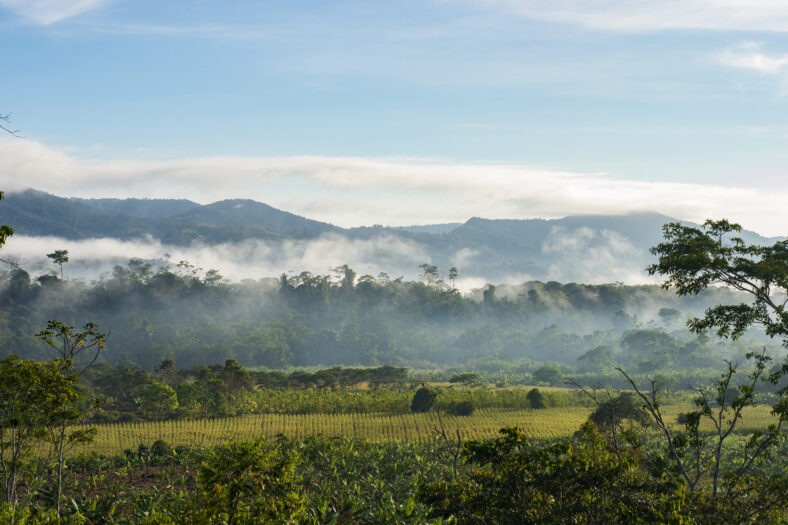27 New Species Were Found In Peru, Including A Blob-Headed Fish, A Rare Amphibious Mouse, And 10 Butterflies

In Peru, a pocket of land called Alto Mayo contains roughly 280,000 people and a wide range of biodiversity. During the summer of 2022, researchers led by the nonprofit organization Conservation International took a 38-day trip to the Alto Mayo region of Peru.
They discovered 27 new species, including four mammals, three amphibians, eight fish, and 10 butterflies. The findings were unexpected since the region was so heavily populated.
“People had been operating under the assumption that with so much human influence, there wouldn’t be very high biodiversity,” said Trond Larsen, the senior director for biodiversity and ecosystem science at Conservation International. “But we found the exact opposite.”
According to the nonprofit, the researchers found a rare amphibious mouse with webbed feet, a frog with a narrow mouth, and a blob-headed fish. The purpose of the fish’s head shape is still a mystery. The amphibious mouse was the most exciting find.
“It belongs to a group of carnivorous, semi-aquatic rodents, for which the majority of species are exceedingly rare and difficult to collect, giving them an almost mythical status among mammal experts,” Larsen said.
“We only found this amphibious mouse in a single unique patch of swamp forest that’s threatened by encroaching agriculture, and it may not live anywhere else.”
In the case of the blob-headed fish, it was technically a bristlemouth armored catfish with a bulbous nose. The nose could help with sensing prey underwater, although scientists aren’t sure.
Overall, the expedition recorded 2,046 species, and 49 of them are listed as threatened by the International Union for Conservation of Nature.
At least 34 species seem to only live in Alto Mayo and the surrounding San Martin area. Some of the rarest finds were two critically endangered primates: the San Martin titi monkey and the Peruvian yellow-tailed woolly monkey.

Sign up for Chip Chick’s newsletter and get stories like this delivered to your inbox.
A lot of agriculture and land-altering activities have been taking place at Alto Mayo in recent years. It has also made the news as the site of controversial conservation work.
When companies purchase carbon credits to balance out their emissions, their money usually goes toward helping the environment.
Conservation efforts funded by corporations prevented more than 8,000 acres of forest from disappearing in Alto Mayo.
The initiative might be beneficial for some regions but have negative impacts on more densely populated ones. In some cases, residents were asked to regulate their land usage or were forced off their land entirely.
Alto Mayo’s residents rely on land-use practices to make a living. At the beginning of the 21st century, many locals rented land to migrant farmers, leading to deforestation.
“Communities didn’t deforest their land because they wanted to—it was out of necessity,” said Diego Dourojeanni, who leads the nonprofit’s work with the Indigenous peoples of Alto Mayo. “
While it helped in the short term, it became clear that this practice came at a steep cost to resources, food security, and the ecosystem services like clean water that the forests provide.”
Of course, conditions became dire for the biodiversity in the area, but the 2022 expedition demonstrated that not all hope is lost.
There are many organisms that we can still protect. By properly managing the environment, it is possible for nature and people to co-exist in Alto Mayo.
More About:Animals





